Soulful Seoul sojourn
Cherry blossoms and old trees, sparkling streams and tea ceremonies, temples and arty hubs Seoul is bewitchingly beautiful in spring.

Boats tied on car roofs, blooming trees and a clear sky — the road to Seoul from Incheon International Airport, was something out of a thriller movie. Peering out of the large windows of a really clean bus, I caught a fleeting glimpse of the waterfront and tents. No dust, no heat, blooming flowers, the happiness of spring was visible everywhere. Jazzy concrete structures, wide roads and a strong Wi-fi across the country, 24X7 — I think I fell in love with this nation the moment I landed. Clear signboards at every corner, maps near the subways, sculptures everywhere, a parking lot for bicycles, bright dustbins, Seoul was a visual delight. Everyone was busy here, everything was organised here.
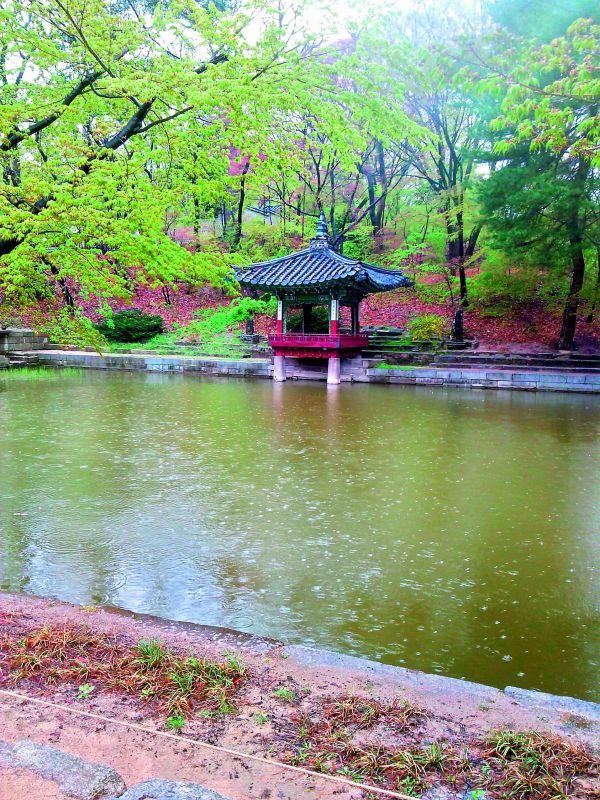 The secret garden
The secret garden
Officially the Republic of Korea, the country constitutes the southern part of the Korean peninsula. A powerhouse of innovation and growth, it has been cited as the world’s most innovative country for four consecutive years since 2014 in the Bloomberg Innovation Index. But there has been turmoil. It was invaded and taken over by Japan in 1910. The exiled leaders collected in Shanghai, China, in 1919, and moved in to Chungking to fight the Japanese. Finally, Japan surrendered in 1945. But the peninsula got divided into two — north and south Korea. The First Korean Republic was established on August 15, 1948. Trouble brewed again. An invasion by North Korea resulted in the three-year-long devastating Korean War (1950–1953). With the help of the United States, South Korea did manage to arrive at a peace treaty but it has never been officially signed and sealed. The results of this are seen at the De-militarised Zone which is a 4km wide and 250km long stretch of land, under heavy military occupation from both sides.
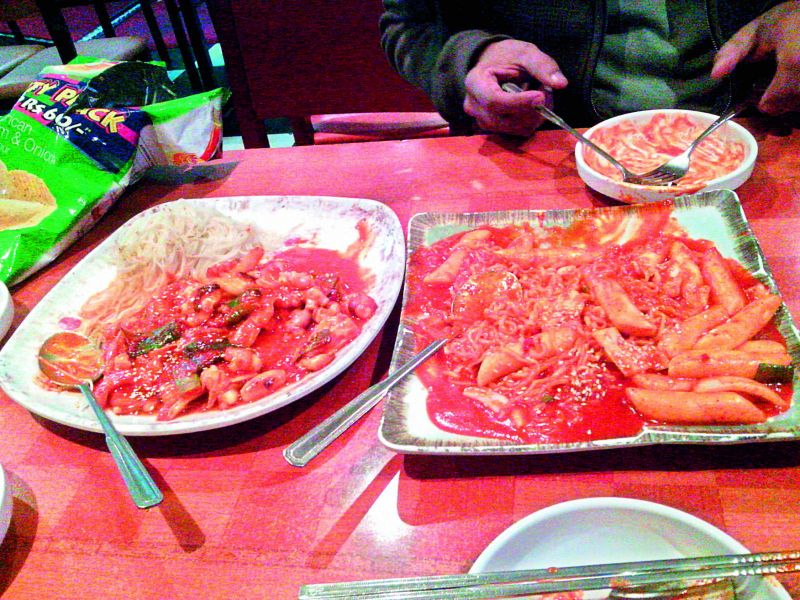 Octopus curry (Photo: Ambica Gulati)
Octopus curry (Photo: Ambica Gulati)
Back to the hi-tech city Seoul, it was lunch time. The hotel where I was staying was located in the centre of downtown Seoul. This was the city’s hub with offices, shopping streets, a palace in front and lots of place to walk around. The Seoul Tower could be seen from my room. Venturing out to find something Indian, maybe some breads, I discovered a street full of restaurants. The little eatery I entered didn’t have anything written in English. So, looking at the pictures, I saw something white floating in red curry —turned out to be oysters cooked in a spicy curry! Tongue burning and smoke out of my ears, I decided to explore the plush area. Flowers, sculptures and brick-lined pavements, a stream of water flowing on one side, I could see coins on the bed. Later, I came to know that this was Cheonggyecheon River linear park, a river revived after 500 years of neglect.
Changdeokgung Palace and Huwon
The next day began with a tour of the Changdeokgung Palace which had a secret garden. Greeted by cherry blossoms and a slight drizzle, we walked where the mighty rulers of the Joseon Dynasty (1392–1897) had lived. The buildings flowed subtly into the trees or should I say the trees embraced the structures. A large part of the original palace had been burned down during the Japanese invasion. But the restoration work had been done marvelously. This Unesco World Heritage Site was the government’s seat till 1868 and Korea’s last Emperor, Sunjong, also lived here till his death in 1926. But I was keen to lose myself in Huwon, the secret rear garden. Built for the royal family to relax and for the women to gossip, it was spread over 78 acres. Walking past pavilions and ancient trees, some 300 years old, I reached the famous Jade stream or Ongnyucheon. This U-shaped water channel was carved in 1636 for floating wine cups. A small waterfall and an inscribed poem on the boulder above made it the perfect lover’s spot.
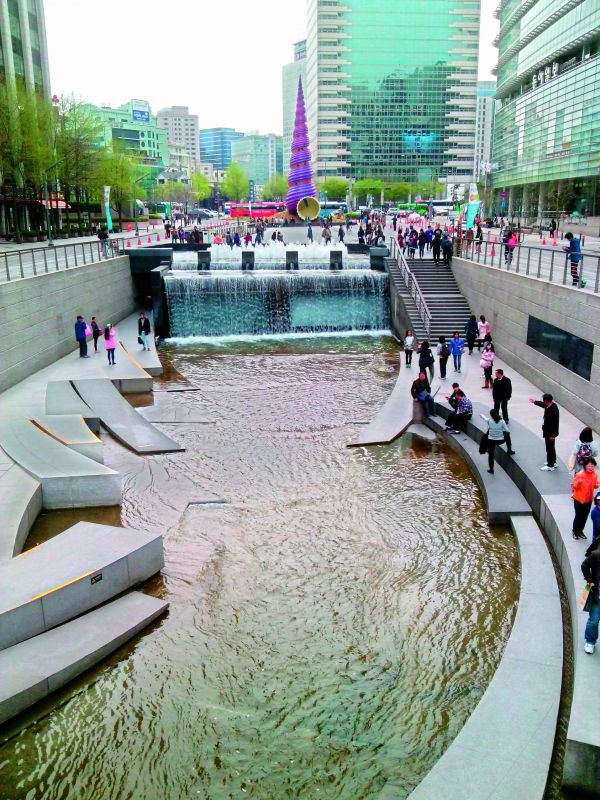 Restored river park, Seoul.
Restored river park, Seoul.
The Buddhist Temple in Daegu
Few hours later, I reached Daegu. The mountain in the distance, a cloudy sky and the road lined with cherry blossoms, I was close to heaven. Half the population in the country does not follow any religion and the rest is divided between Buddhism and Christianity. My stop was Donghwasa or Donghwa Temple of the Jogye Order in northern Daegu. This is a Buddhist monastery but quite unlike the Indian counterparts. Located on the south side of the pristine Mt. Palgongsan, it means ‘temple of paulownia blossoms’. I couldn’t resist taking a sip of the fresh, sweet water coming from a natural spring. Past some trees, over a small bridge, and up some steps, monk Hye Min took me around the Buddhist seat. I stood before a huge statue of Buddha, the dynamic monk called it the Buddha of Unification.
The highlight was the special tea ceremony. Seated on the floor in a designated hall, we learned the traditional Korean way of greeting and how to make and serve the tea. This serious ceremony is focused on inculcating concentration and encouraging calming thoughts and habits. The ceremony master whacked one person on the butt for not being serious enough! It costed around $25 per person and I got the coaster as souvenir.
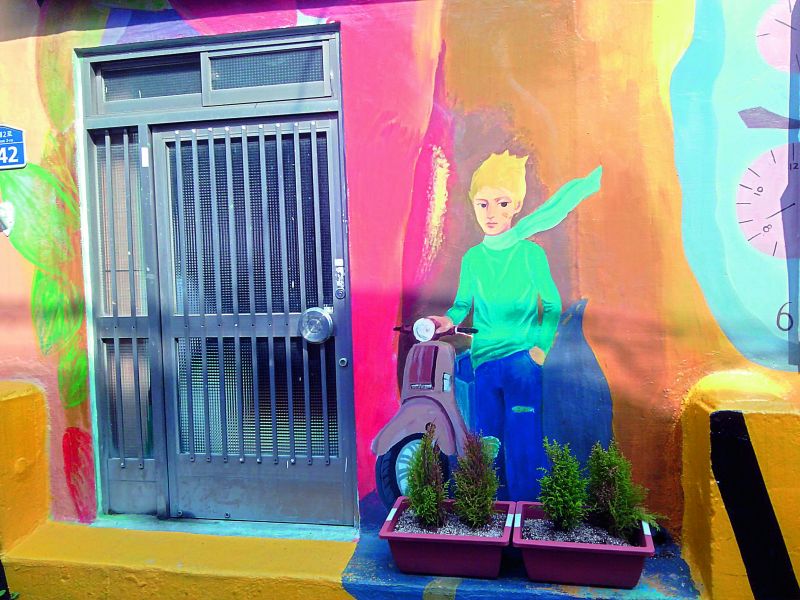 A colourful wall in Gamcheon
A colourful wall in Gamcheon
Coastal City Busan
Leaving the spectacular views of the mountains, I took the high road to the seaside of Busan. The peninsula has low mountains and the four-hour drive went through the green countryside. Busan is where most Koreans had found shelter during the Korean War. Busan is like Mumbai-home to the movie industry, beaches, pubs, night markets and ships. The highlight though was the bronze sculpture of the ladybird outside Busan’s International Cinema Centre. It looked like a sea gull from one side and a lady from the other.
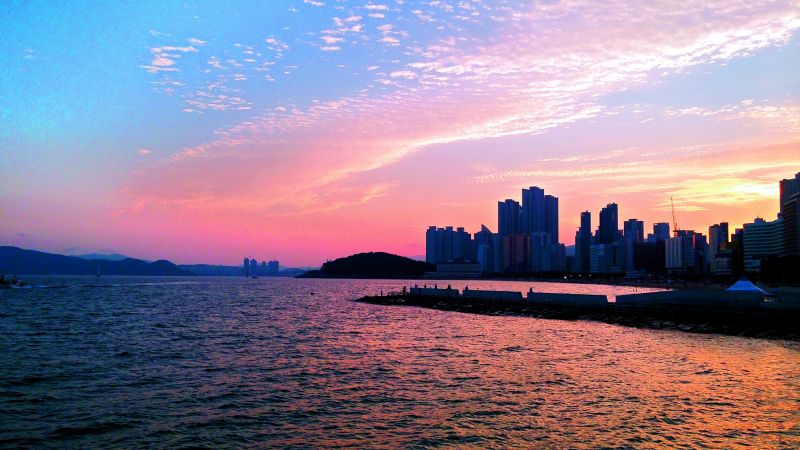 Beautiful Busan sunset
Beautiful Busan sunset
Gamcheon Culture Village
An arty, cultural hub, with lego-like homes, narrow alleys, tiered houses, Gamcheon Culture Village was once a slum and refuge from the Korean War. Post 2009, some call it the Korean Machu Pichu, others refer to it as Santorini of Korea as the small, hillside houses overlook the ocean. Tired of living in the ugly, matchbox houses, the villagers (with the government’s help) gave it a face lift. Turn your head in any direction and you will see some art form—mural, sculpture, graffiti, colourful souvenir shops. The houses still have residents. Delving into the history, I discovered that in 1958 around 4,000 Taegeukdo believers made it their habitat. This religion believed in the “yin and yang” (on the Korean flag), symbolising the balance of good and evil. The houses are built in tiers so that not a single house blocks the view of the house behind it, sticking to the Taegeukdo teaching of allowing everyone to prosper. The main temple of Taegeukdo is also here.
My suggestion: Pick up a map for 2,000 South Korean won from the Haneul Maru Tourist Information Center and Observatory. There are main attractions comprising galleries, café and art shop. Here, collect stamps on the map and show them at the information centre to receive your prize. If I could go back, I would just walk around the whole day, reveling in the colours of man and nature. Leaving behind the colourful wonders, I got into the bullet train from Busan to find myself in Seoul in two and a half hours, which ended my soulful sojourn.
